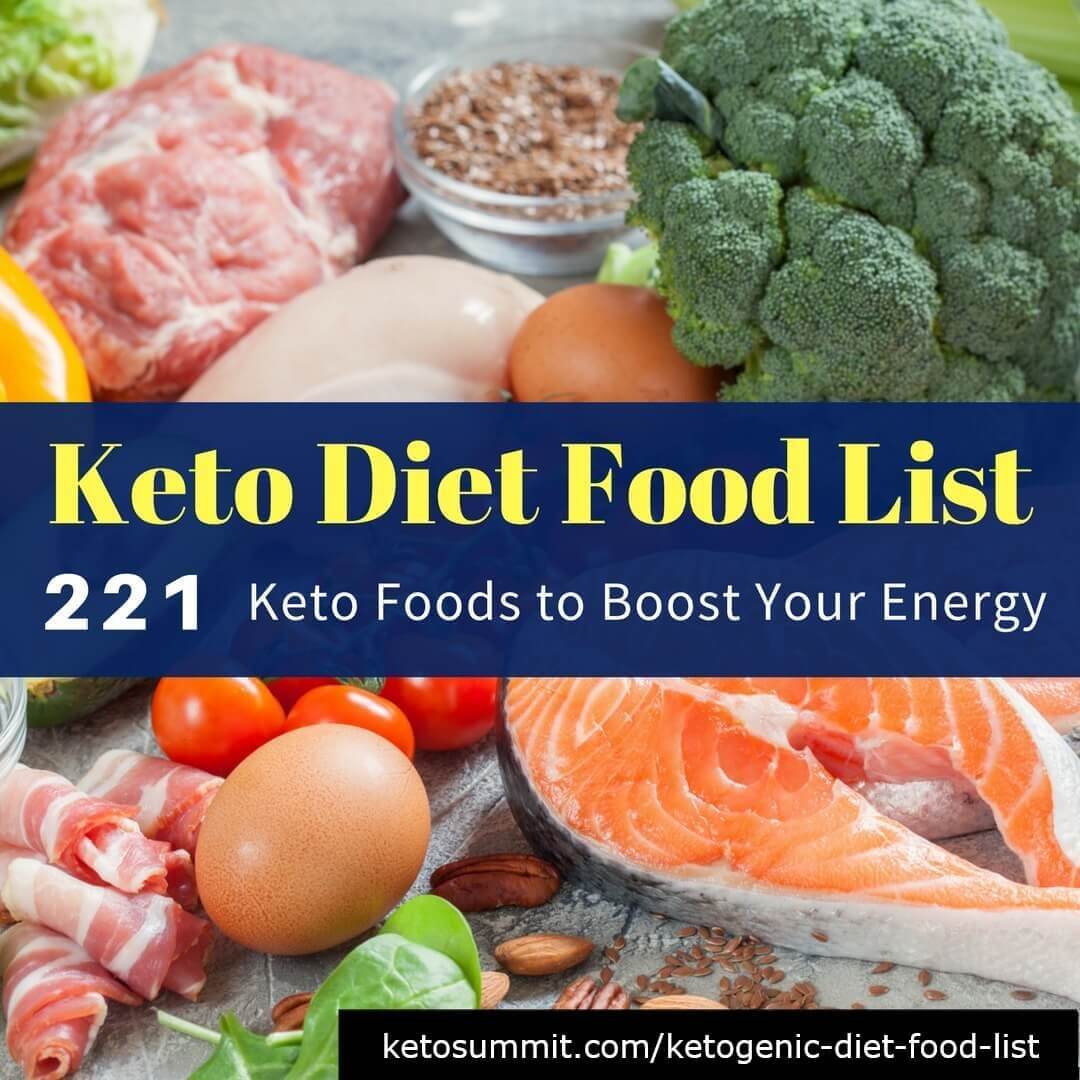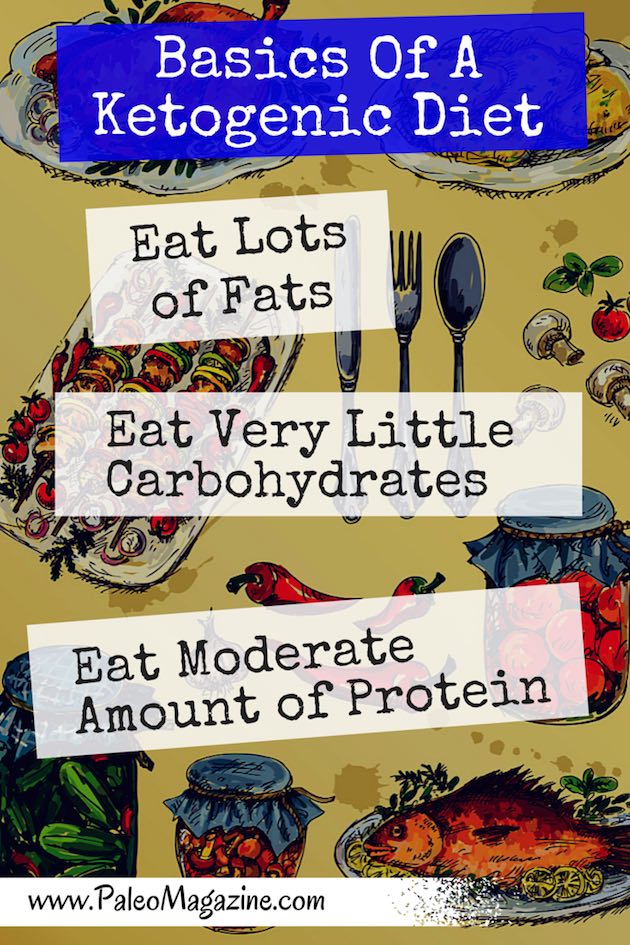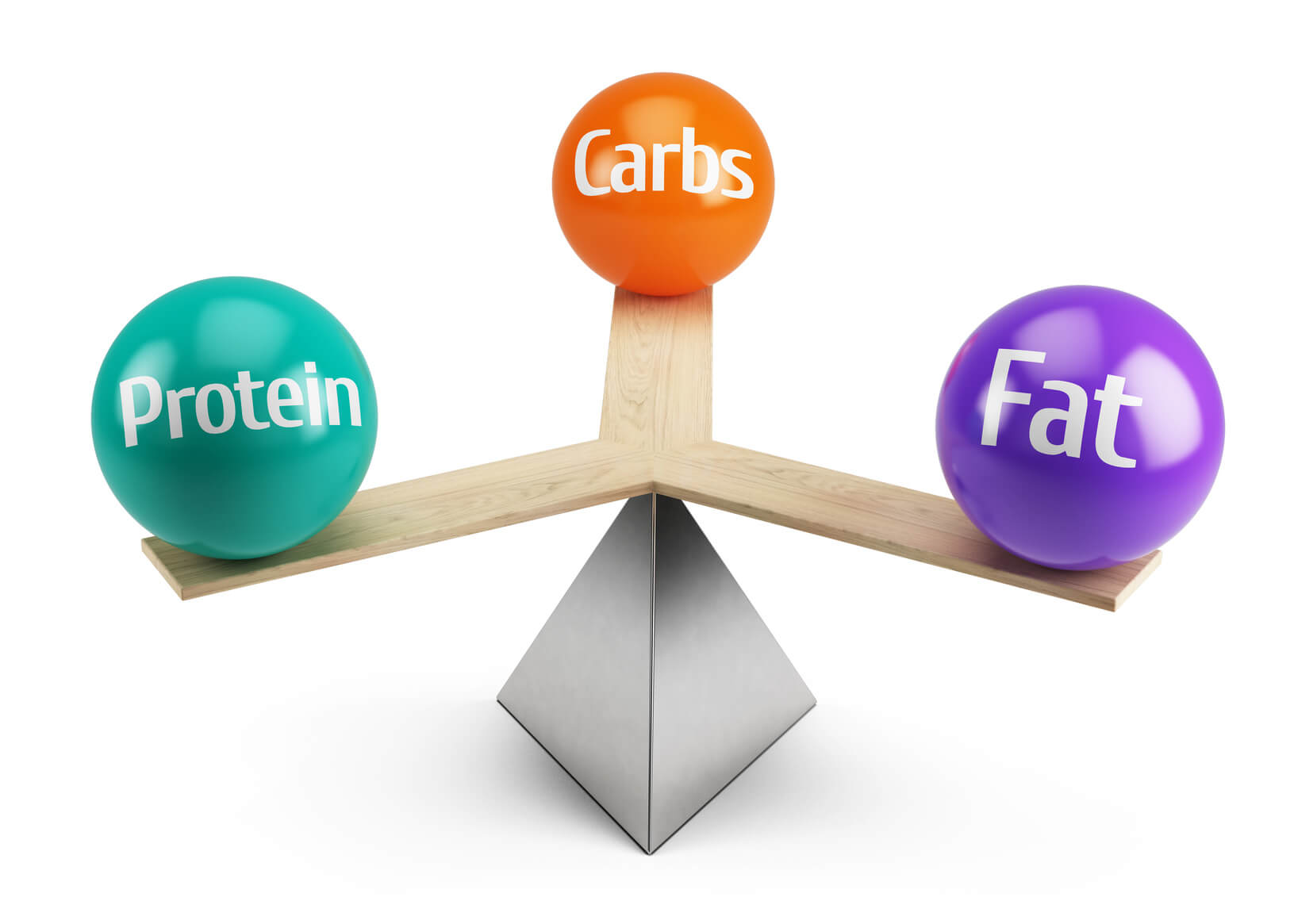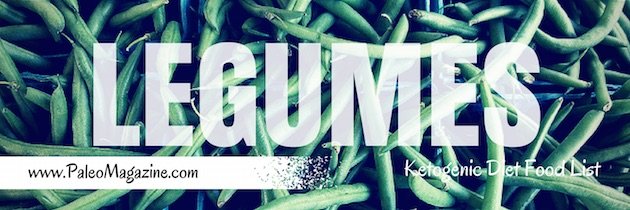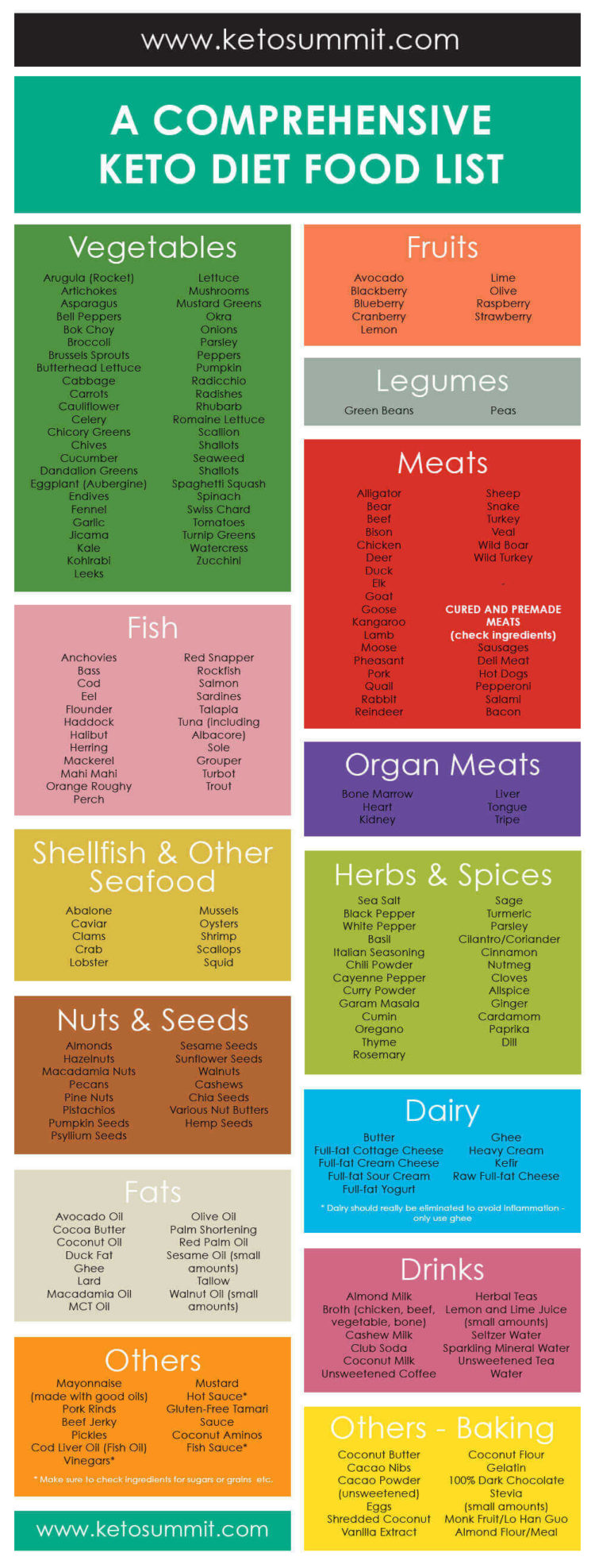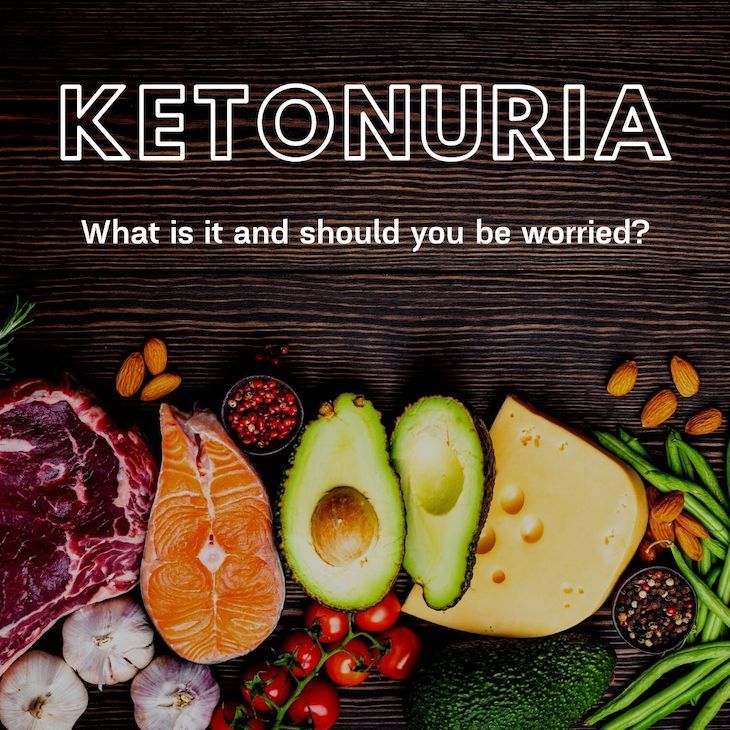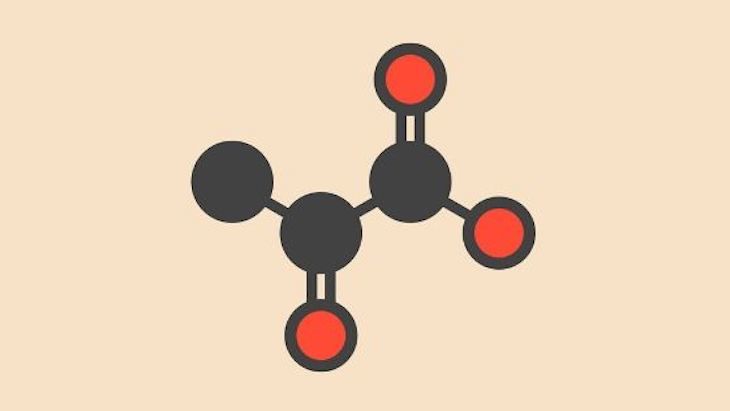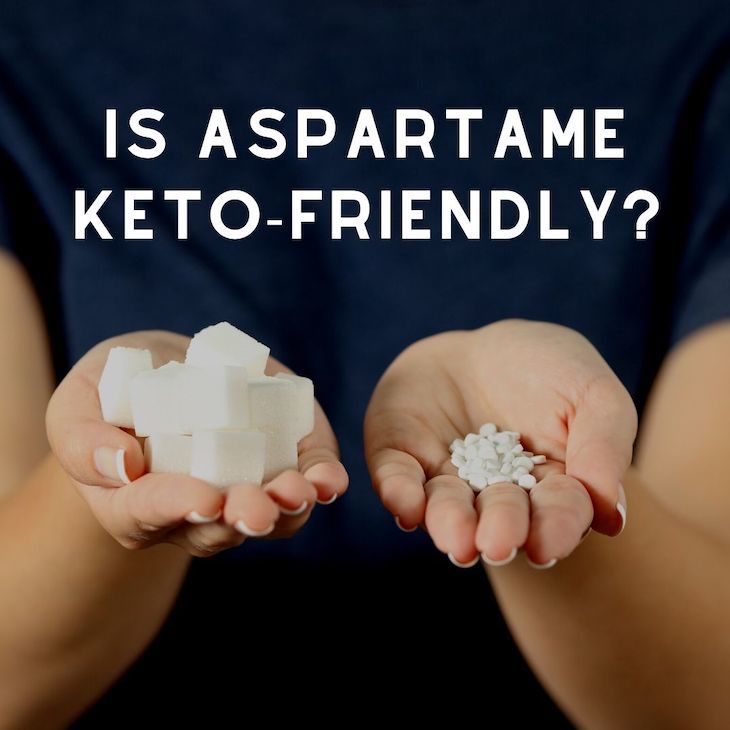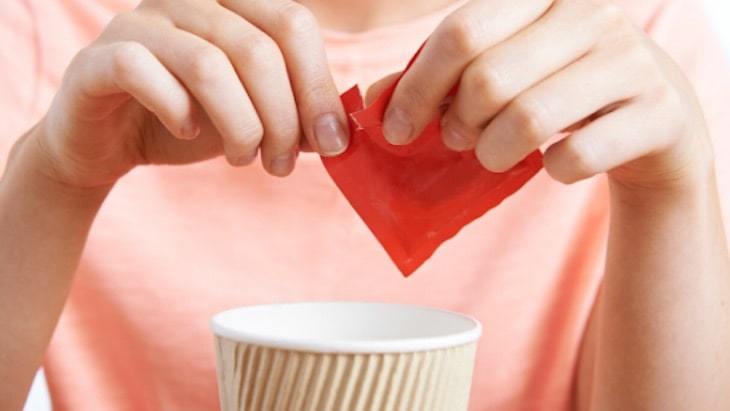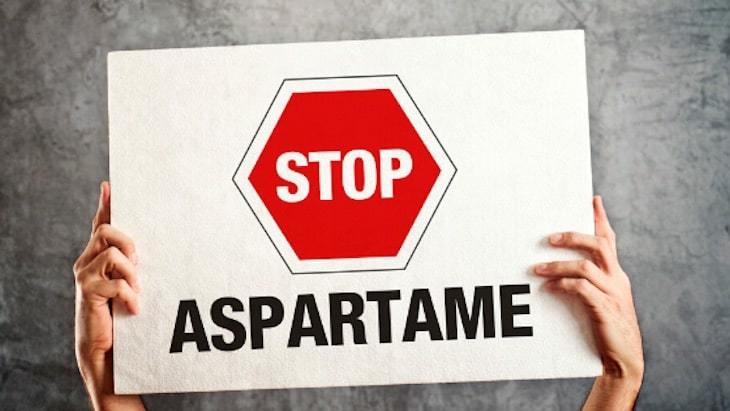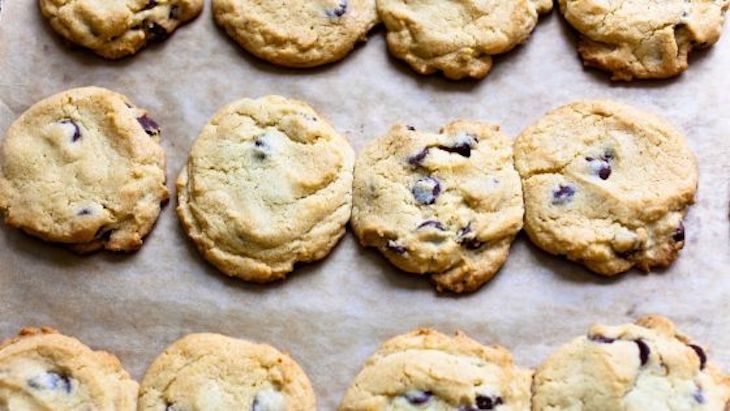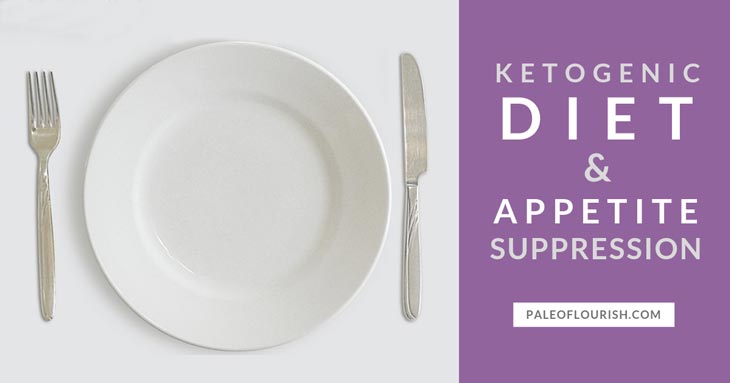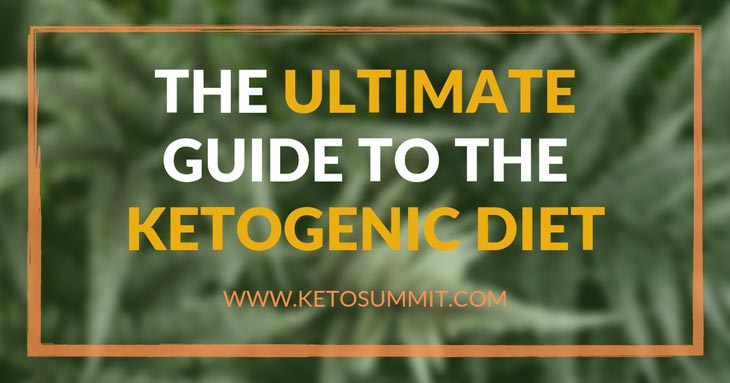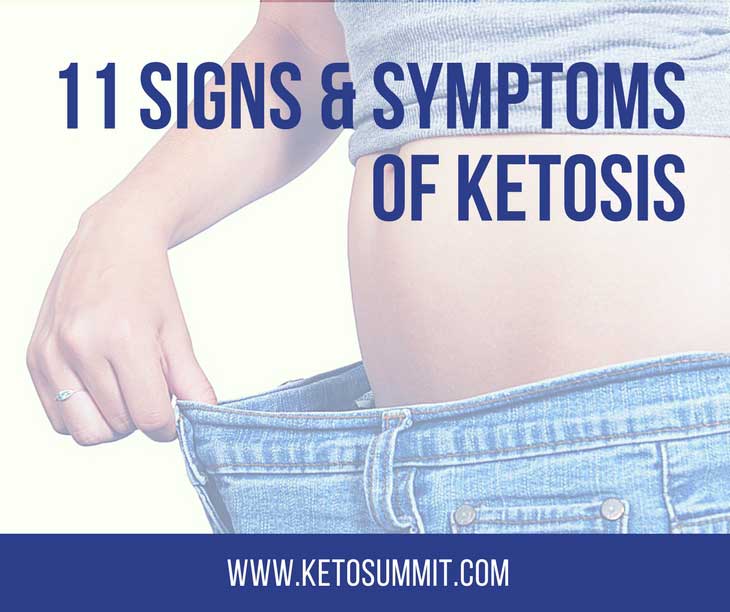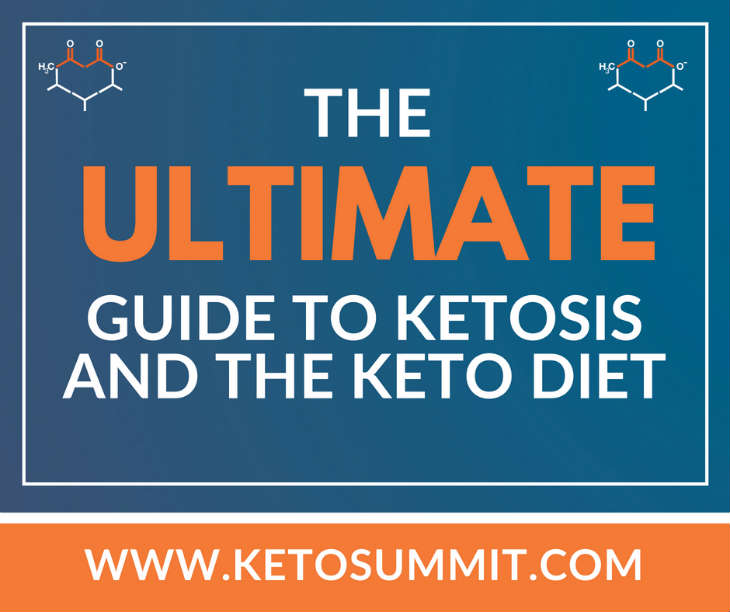What should my macros be on keto?
Calculating macros can be tough.
It’ll be much simpler to use our free ketogenic calculator above, which will calculate your macros for you.
But if you’d still like to calculate them manually, follow along with the formulas below.
As you know,you should be eating less than 25g of carbs per day. Stick to that.
To calculate your protein macros, you should be eating around 1g of protein per pound of lean muscle that you have.
How do you calculate lean muscle?
Take your total weight (in pounds) and then multiply that by your body fat percentage (as a decimal).
So if you weigh 200 pounds and have a body fat percentage of 20%, you’d take:
200 x 0.20 = 40.
That 40 equals your body fat in pounds.
Then you take your body fat in pounds and subtract it from your total weight, like this:
200 – 40 = 160.
The answer you get after subtracting your body fat in pounds from your total weight (in the example above, 160), is your lean muscle weight in pounds.
And remember, since should eat around 1g of protein per pound of lean muscle in your body, you’d multiple your answer by 1.
So this individual should eat around 160g of protein per day.
You should be eating your leftover calories in fat. Here’s the formula:
You first need to determine how many calories you should be eating a day. Again, our ketogenic calculator above will help you figure that out.
Once you have your total calories figured out, you just need to do a bit of math:
Multiply each gram of carb and protein you’ll be eating each day by 4, since there are 4 calories in each gram of carbs and protein.
You’ll be eating around 25g of carbs per day (25g of carb x 4 = 100 calories) and you already figured out your protein intake from above (160g of protein x 4 = 640 calories).
Once you have those two numbers, add them together.
100 + 640 = 740
Then take your total calorie intake per day (let’s say you should be eating 2000 calories per day) and subtract your calories in carbs and protein from that number.
In other words…
Total Calories in Fat Per Day = Total Calorie Intake Per Day – Calories in Protein Per Day – Calories in Carbs Per Day
So as an example:
Total Calories in Fat Per Day = 2000 calories per day – 640 calories in protein per day – 100 calories in carbs per day.
This person should be eating 1260 calories of healthy fats per day.
But we’re not quite done:
Since fat has 9 calories per gram, divide the “Total Calories in Fat Per Day” number you just calculated by 9.
The answer you get is your total grams of fat you should be eating each day.
1260 calories of fat / 9 = 140g of fat per day.
How many carbs can you eat and still be in ketosis?
We recommend that you stay under 25g of net carbs per day to stay in ketosis.
There is more than one way to approach reducing carbs, but Dr. Andreas Eenfeldt, M.D., suggests starting out on a strict Keto diet right away. “This will give you the best idea of whether you like how you feel, how it impacts you and what sort of results you get. Then, as you achieve your health and weight goals, you can decide whether to add more natural carbs back into your diet to a level where you feel your best and can maintain your health goals.”
(Sidenote: net carbs are different than total carbs. Don’t worry too much about that right now since I’ve discussed the difference net carbs and total carbs, plus how to calculate net carbs, in the answer right below this one)
When it comes to a keto diet, it’s important to note that every person’s body is different.
And therefore each person will have a slightly different net carb intake to get into ketosis.
Some folks on keto who are very active might maintain ketosis if they eat 35g or even more of net carbs per day while other people on keto will need to eat around 15g of net carbs.
So while we recommend that you stay under 25g of net carbs per day, you may want to consider testing your ketone levels to ensure that you’re actually in ketosis.
How do I determine net carbs on the keto diet?
Net carbs are not the same as total carbs.
Let me explain why those two are not the same:
While fiber is considered a carb, our bodies cannot digest fiber. So those carbs need to be subtracted from total carbs.
And since getting into fat-burning ketosis is dependent on net carbs and not total carbs, you’ll need to know how to calculate net carbs.
Thankfully, it’s pretty simple to calculate.
Net Carbs = Total Carbs – Fiber.
Registered Nurse Abby Roaquin, RN recommends getting good at reading food labels. “Don’t just look at the carbs. Look for the serving size and how many serving sizes there are in the entire can, box, or package. That’s how you know how much you can eat to stay within your carb budget.”
Can you eat too much fat on a ketogenic diet?
You can definitely eat too much processed and unhealthy fat on keto. Stay away from unhealthy fats like vegetable oil or margarine.
Actually, when people come to Keto they’re often a little afraid to eat fat in the first place. Certified Primal Health Coach and Personal Trainer Teresa Heitman assures us that fat is nothing to fear. “Fat is the best macronutrient for fueling our bodies…Fat beats lethargy. Fat beats hunger. Fat beats fat. Fat beats chronic autoimmune diseases. Fat also beats cancer.”
But when it comes to healthy fats, can you just eat unlimited amounts of ghee, avocados, coconut oil, or olives?
While you technically could, it’s probably still not a great idea to do so.
For a start, fats are extremely high in calories.
While there are only 4 calories in each gram of carb and protein, there are over double that in a gram of fat.
Which means, if you’re eating “too much” fat on a keto diet, you may struggle with weight loss even if you’re in ketosis.
Another issue to remember is that while fats are healthy, they’re not the only nutrient you will want to eat! You need a variety of vitamins and minerals that aren’t available in oils like coconut oil, olive oil, or avocado oil.
Whole foods that contain fats (like fatty cuts of meat, olives, avocados) are often better options for getting your fat intake up. They’ll not only supply you with healthy keto-friendly fats, but they’ll also nourish your body with even more essential nutrients.
To be successful you may be doing more of your own cooking. Registered Dietitian Frances Largeman-Roth, RD says, “It’s a challenge to create meals that are so low in carbohydrates and, since most packaged foods are higher in protein and carbs than fat, you’ll need to spend some time cooking most of your own meals and snacks.”
Bottom line…You don’t need to go crazy and slather ghee or coconut oil on everything, but you also shouldn’t be afraid of them.
What is the best macros ratio for my keto diet?
For a ketogenic diet, everybody’s best macro ratio is going to be different, since every person’s body is different.
Our keto calculator at the top of this page will give you a macro ratios based on the specific information you put in, so it’ll probably be pretty close to your “best macros ratio.”
And I’ll also give our guidelines for calculating your macro ratios below.
But whether you use our free ketogenic calculator or calculate your macros yourself, you still may need to tweak those ratios depending on how you feel.
Calculating Your Carb Macros:
We already know that on a ketogenic diet you should eat between 20-25g of net carbs to stay in ketosis.
And since each gram of carb has 4 calories, you’ll multiply 20-25g of carbs by 4.
Let’s assume you eat 25g of carbs each day. Therefore 25g of carbs x 4 = 100 calories in carbs.
Calculating Your Protein Macros:
You should have an intake of 0.8 – 1.2g of protein per lb of lean muscle in your body.
So you first need to calculate lean muscle:
Lean Muscle = Total Weight in Pounds x Body Fat Percentage As a Decimal
So let’s say you weigh 150 lbs and have a 20% body fat percentage.
You’d do the following calculation:
Lean Muscle = 150 lbs x 0.20
After crunching the numbers, your lean muscle would equal 120 lbs.
Remember, you need an intake of 0.8 and 1.2g (for the sake of easy math, let’s just say 1.0g) of protein per lb of lean muscle you have.
So 120 lbs x 1.0 = 120g of protein per day.
Now that you have grams of protein, you need to convert grams into calories:
Protein has 4 calories per gram. All you have to do is multiply your grams in protein per day by 4.
Calories of Protein Per Day = Grams of Protein Per Day x 4
The calculation for the person above would be:
Calories of Protein Per Day = 120g of protein x 4
They’d eat 480 calories of protein per day.
Calculating Your Fat Macros:
You’ll eat the rest of your calorie intake in fat.
Here’s the formula:
Calories of Fat Per Day = Total Calorie Intake – Calories in Protein – Calories in Carbs
Let’s say the 150 lb person on the ketogenic diet from above should eat 2000 calories per day.
They’d do the following:
Calories of Fat Per Day = 2000 calories per day – 480 calories of protein – 100 calories of carbs.
And after using a keto diet calculator, they’d get 1420 calories of fat per day.
But we’re not done:
Since fat has 9 calories per gram, you need to divide that number by 9 to get grams of fat per day.
1420 calories per day / 9 = 157.777g of fat per day.
Certified Nutrition and Health Coach, Christina Oman
How much protein can you eat on ketogenic diet?
You should strive to eat around 1g of protein per pound of lean muscle each day.
This is the formula:
Pounds of Lean Muscle = Total Body Weight – Total Pounds of Body Fat
But before you can do that formula, you first have to calculate your Total Pounds of Body Fat.
And Total Pounds of Body Fat = Total Body Weight x Body Fat Percentage as a Decimal
Let’s say you’re 150 lbs and you have 15% body fat.
Here’s your calculation:
Total Pounds of Body Fat = 150 lbs x 0.15
The answer would be 22.5 lbs of body fat.
Now that you have your Total Pounds of Body Fat, you can go back and plug that number into the first formula.
Pounds of Lean Muscle = 150 lbs – 22.5 lbs
Therefore this person would have 127.5 lbs of lean muscle
Since it’s optimal to eat around 1g of protein per pound of lean muscle that your body has, you’d just multiple 127.5 lbs by 1.
Not too hard of math, huh? Therefore this person should eat around 127.5g of protein each day.
How much carbohydrate (carb) can you eat on ketogenic diet?
The ketogenic diet is a low-carb diet, so you’ll be eating very few carbs.
We recommend eating between 20-25g of net carbs per day.
Net carbs are different than total carbs.
To calculate net carbs, do the following calculation:
Net Carbs = Total Carbs – Fiber
But it’s important to note that you may need to tweak your net carbs intake to get the ratio that’s right for your body, since everyone’s different.
If you’re highly active and work out for an hour each day or walk 5 miles a day, eating slightly more than 25g of net carbs might work best.
On the other hand, some people need to eat 15g of net carbs or less each day to stay in ketosis.
So again, while 20-25g of net carbs per day is a good place to start, you may need to change that over time.
What is a Keto Weight Loss Calculator?
This is something like two types of keto calculator we have above.
It’s basically an easy way to determine the macronutrient profile you need to eat on a keto (ketogenic) diet in order to lose weight.
For our advanced calculator, you’ll need to enter the following information:
- Your current weight,
- Your body fat percentage (which you can estimate from the photos or calculate more accurately using a Dexa or DXA scan),
- How much movement you do (apart from your workout regime),
- Whether you’re looking to lose fat, maintain your weight, or gain muscle, and
- How much you exercise.
The keto calculator will then use that data to figure out a good macronutrient profile and caloric intake for you to eat on a keto diet.
As you’ve probably figured out from other diets, just restricting your caloric intake won’t necessarily result in weight loss. And worse still, once you relax your caloric intake or decrease your workout regime, all that weight you worked so hard to lose comes back.
That’s why our keto weight loss calculator isn’t designed just based on calories in and calories out. Instead, the calculator takes into account the fundamentals of a ketogenic diet to determine the best macronutrient profile you need to eat.
For example, most weight loss calculators on the internet is just based on basal metabolic rate (BMR) or resting metabolic rate (RMR) calculations. This is the minimum number of calories your body needs in order to carry out its basic functions (like breathing).
The results from the keto calculator will include:
- Daily caloric intake needs (in kcal)
- Daily fat, protein, carbohydrate intake needs (in grams and in kcal)
While it’s still an estimate, following this macronutrient profile could help:
- reduce blood glucose spikes (since you’ll eating fewer carbohydrates anyway)
- produce more ketones naturally (since ketones are produced by your body when it runs low on glucose for energy)
- lose weight over time in a healthy manner
Please remember that this calculator provides a great starting point for your keto diet, but it’s still an estimate. Some experimentation will be needed to figure out a keto diet that fits with your lifestyle and body. And it’s not a substitute for working with a nutritionist or medical practitioner.
Will eating this way boost my ketones?
One of the main goals of a keto diet is to help you get into ketosis and produce more ketones.
And one of the main ways to get into ketosis and increase ketones is to eat a ketogenic macronutrient profile (i.e., reduce your carbohydrate intake and increase your fat intake).
There are two other ways to increase your ketones:
- Take ketone supplements (exogenous ketones), or
- Fasting
Exogenous ketones will boost your blood ketone levels, but you necessarily won’t receive the same benefits as going on a proper keto diet.
Fasting for a prolonged period (e.g., several days) will also boost your ketones as you deplete your glycogen stores and your body starts burning fat.
However, the best way is to eat a healthy ketogenic diet. You’ll enjoy weight-loss, more mental energy, and boost your ketones naturally.

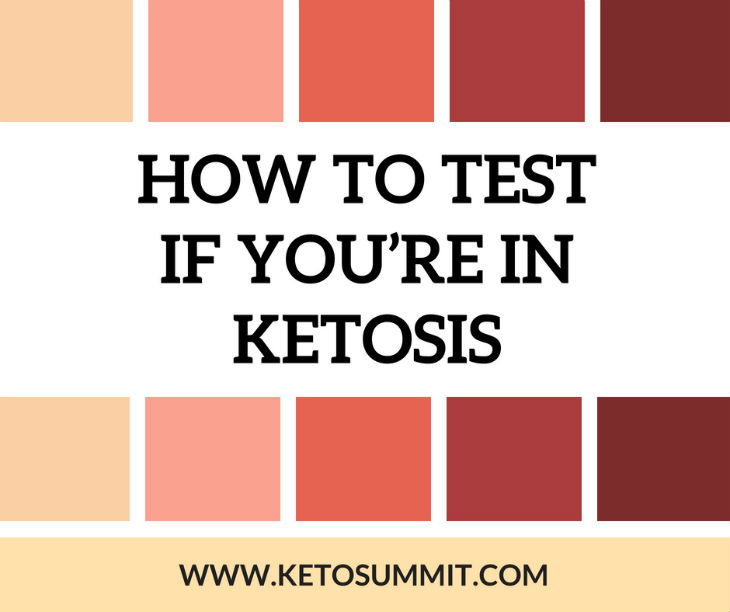
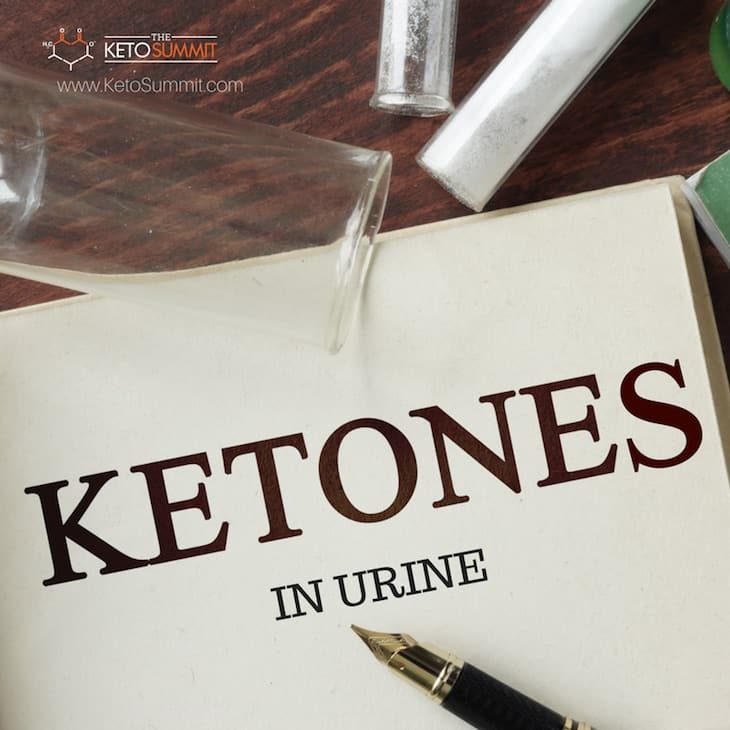
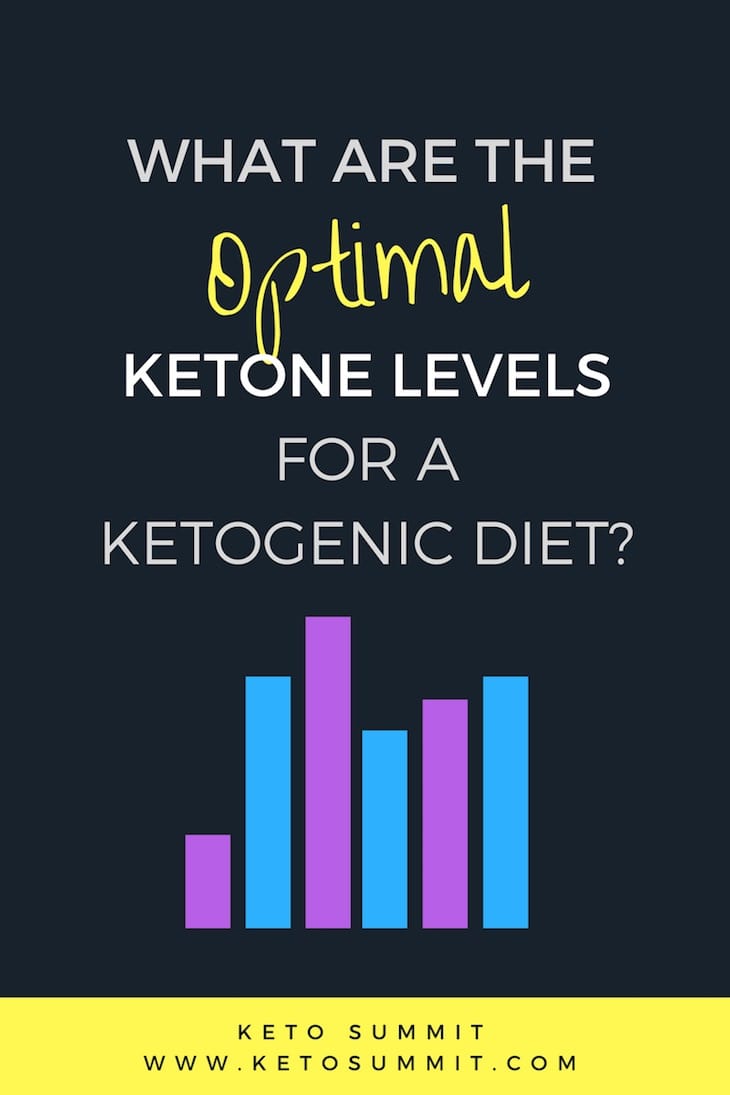
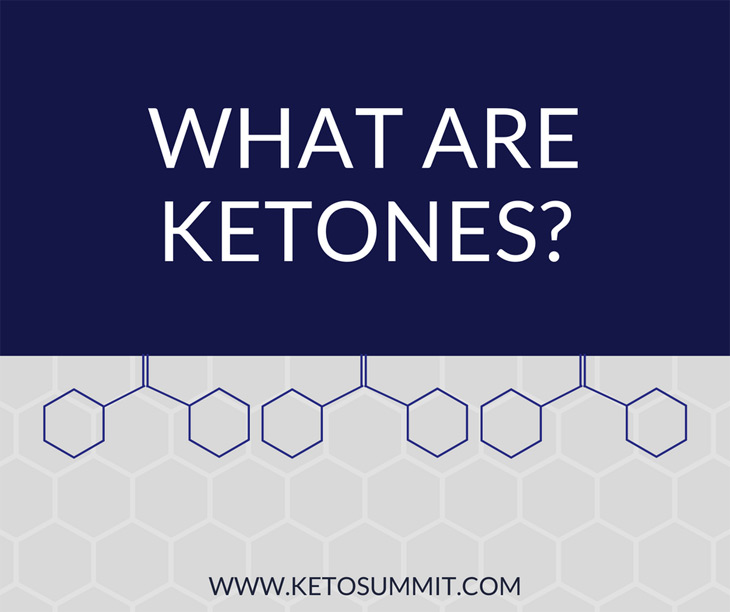
![How To Track Your Keto Diet [The Best Apps, What To Measure, Ketone Levels and Macros To Aim For] #keto https://ketosummit.com/track-keto-diet-apps-ketones-macros How To Track Your Keto Diet [The Best Apps, What To Measure, Ketone Levels and Macros To Aim For] #keto https://ketosummit.com/track-keto-diet-apps-ketones-macros](https://ketosummit.com/wp-content/uploads/2018/04/how-to-track-your-keto-diet.jpg)

